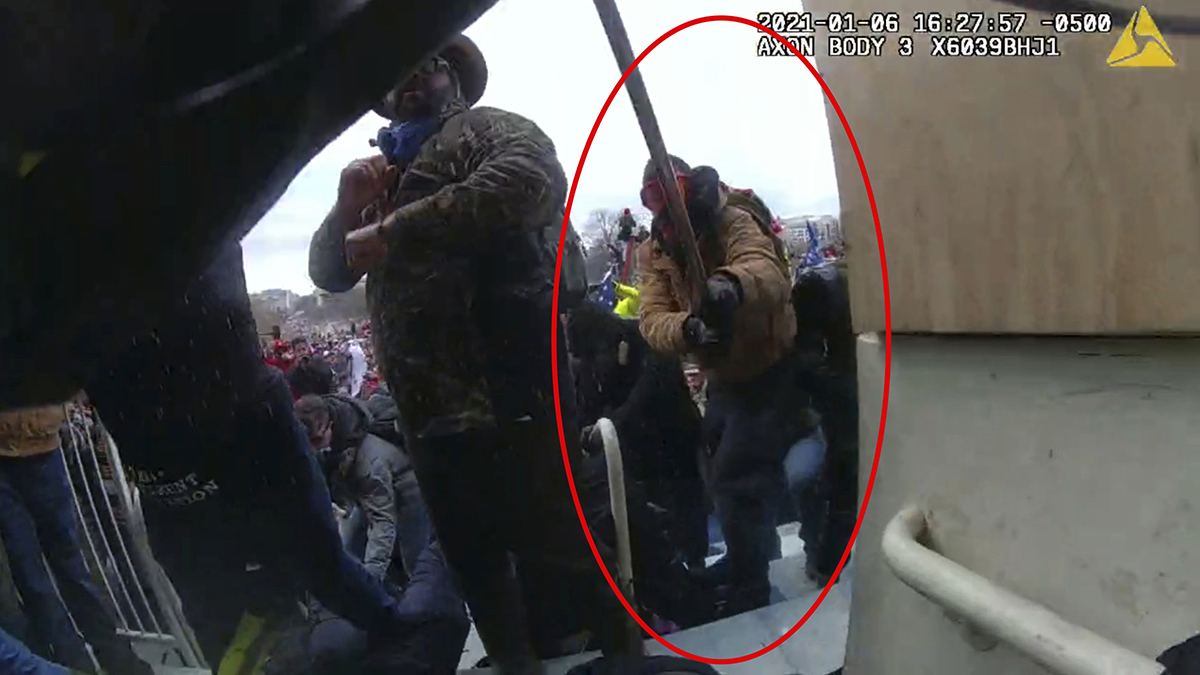When crews came to dismantle the nation's largest homeless encampment in Silicon Valley this week, they took down tents, makeshift lean-tos and several underground "Hobbit"-like caves.
These subterranean one-, two- and three-bedroom "homes" will also have to be cleared out and filled in along with the rest of the massive cleanup at "The Jungle, a 68-acre sprawling homeless camp along Story Road and Coyote Creek that was formally closed down on Thursday morning. Roughly 200 to 300 people had been living in squalor there, in the middle of the 10th largest city in the United States. Completing the cleanup could take until Dec. 19.
"They're really, really dangerous," Ray Bramson, San Jose's homeless response manager said of the underground homes. "They can cave in at any moment. And they can flood really easily from the inside from the rising creek."
Through human history, there have been cultures who have lived, and still live, in hand-built caves underground. Some of these homes are quite extravagant, like a 15,000-square-foot "dream home" made from a sandstone cave in Festus, Missouri, or in Dietikon, Switzerland, where an architect built a complex of nine "Hobbit-esque" dwellings.
But the caves in "The Jungle" are nothing like those.
A look inside these caves on Thursday showed dark, dank conditions - people left behind mattresses, book shelves and papers when they were told to leave, wheeling their lives out in shopping carts. Police officers and city teams took photos of the living conditions and peered inside, incredulous at how many homeless people found shelter underground in a valley that is also home to tech giants, like Facebook, Google and Apple.
Though he didn't know of anyone who had ever died by living underground in "The Jungle," Bramson said the caves, "more than anything, show the desperate measures people take when they're living outside and the incredible risks they'll take to find shelter."
U.S. & World
News from around the country and around the globe
As of Friday morning, Bramson said he knew of "two or three" bunker-style rooms that had so far been discovered. He added that he didn't how many more were scattered throughout the former encampment.
In July 2013, the San Jose City Council voted to close "The Jungle," because of environmental and safety concerns stemming from hundreds of people living, eating and taking care of their human needs outside, and appropriate $4 million on giving 200 homeless people a case worker and housing for two years.
Since that decision was made, Bramson said 144 people had been placed in housing, and another 55 have been given housing subsidy vouchers and are looking for homes through this pilot program.
On Thursday night, Bramson said 14 people from "The Jungle" asked for help and slept in shelters. And he estimated that 30 people had nowhere to go and probably slept outdoors somewhere else, though others said that number was likely much higher. Many homeless people set up near the San Jose airport and had already nicknamed the spot "The New Jungle."
And even though his department faced criticism from many homeless people and advocates who felt like they were being evicted from their tents, bunkers and caves, Bramson said that he feels confident tearing down "The Jungle" was the right thing to do.
"This is a place where people were suffering," he said. "I don't think anyone would say it's acceptable."
NBC Bay Area's Damian Trujillo contributed to this report.



